Back to basics: what's going on here?
Dr. Smith's ECG Blog
AUGUST 18, 2024
Written by Pendell Meyers A man in his 70s presented with history of pacemaker presented with shortness of breath with exertion and presyncope. Here is his triage ECG with minimal symptoms: What do you think? The ECG shows pacemaker failure with inability to capture or sense, with either underlying atrial fibrillation or junctional escape rhythm. The QRS shows LVH and there are diffuse ST-T abnormalities likely in part appropriate for the LVH, though memory T waves are also a consideration.
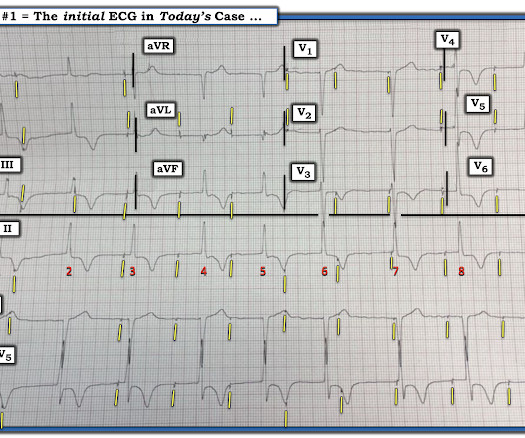
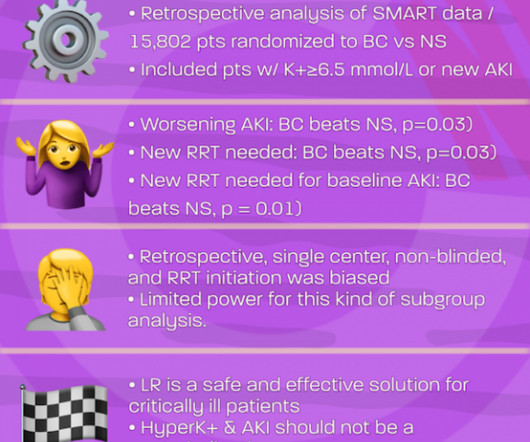



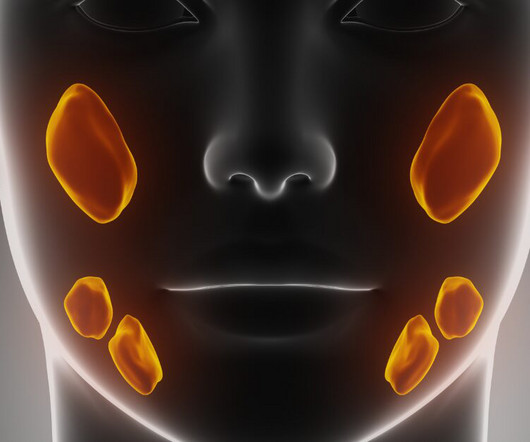

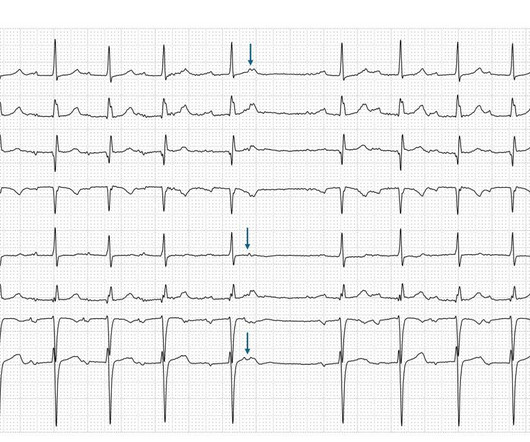
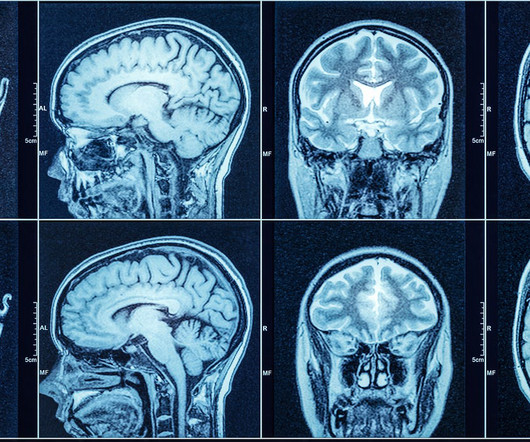

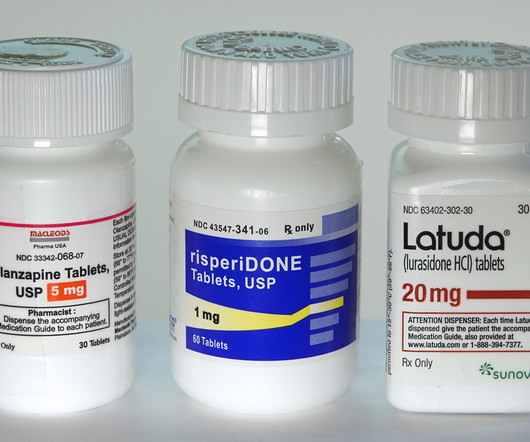













Let's personalize your content